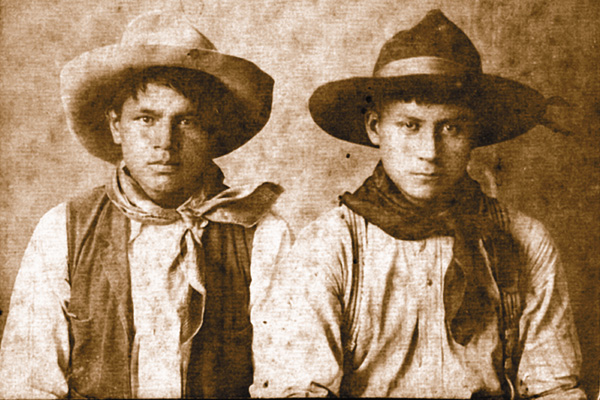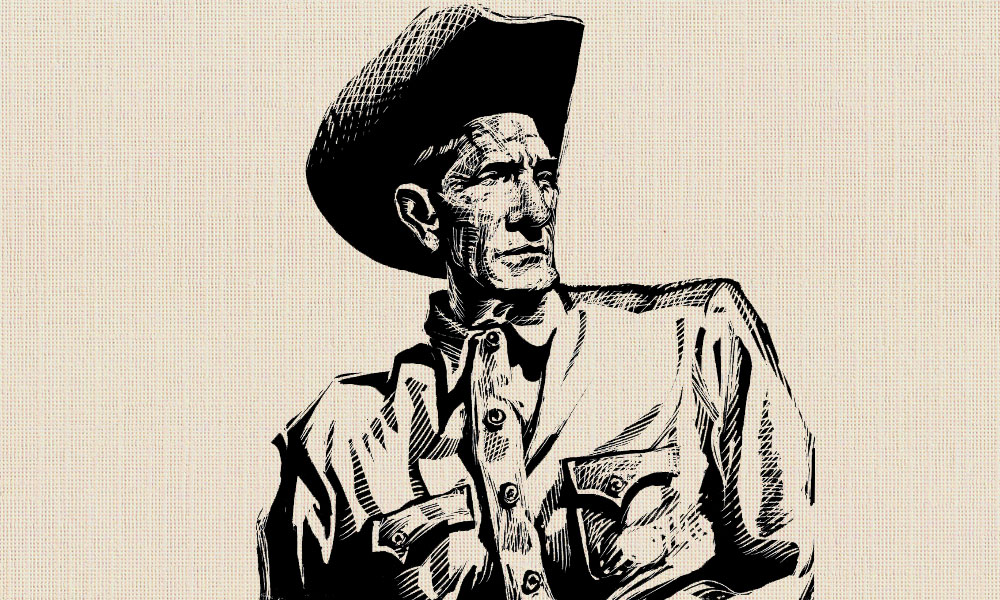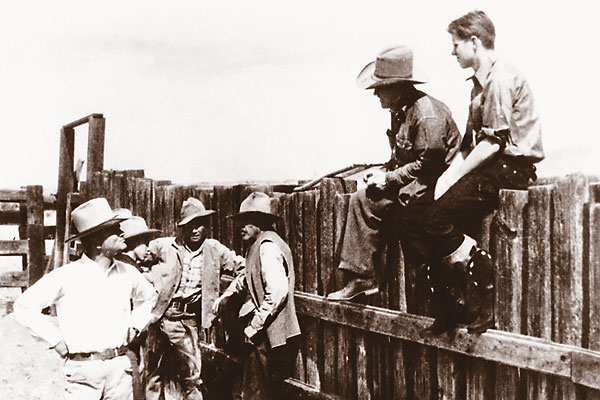 Imagine being an Indian boy wanting to be a cowboy, every day begging his father for a set of pistols, a holster and one of those red cowboy hats with the white stitching.
Imagine being an Indian boy wanting to be a cowboy, every day begging his father for a set of pistols, a holster and one of those red cowboy hats with the white stitching.
I was that boy.
Each day when my father returned home from work I would run up to his car and ask if he had gotten them yet. He would just smile and shake his head.
I always wanted to be a cowboy, not a John Wayne or Clint Eastwood hero or anti-hero, but more of a Dean Martin “Dude.” I longed to be an “everyman” who falls for a mysterious woman, hits rock-bottom and returns to greatness via a series of redeeming acts.
Imagine the shock of a five-year-old finding out that he was an Indian—the guys who always lost. I didn’t want to take wild beans and corn to show-and-tell. I wanted to ride in with guns blazing, and have my horse stomp on those paper feathers and Quaker Oats-box drums.
That fantasy defined my internal struggle. If I could have become a cowboy, I could also have made up for being dressed as a Pilgrim on Thanksgiving. (Our teacher taught us that we came over on the Mayflower!) As a cowboy, I could have been an agent of redemption.
Little did I know at the time, but my cousins on the reservation were actually living my dreams. My cousin, Mollie Ayala, now a 20-something Chippawa Cree from Rocky Boy, Montana has fond memories of riding, shooting and barrel racing—being more of a “cowboy” than I would ever be.
“I wasn’t a cowgirl,” she plainly stated. “I just did it for fun.” (She probably had a cowboy hat in her closet, too. I had to confront her.)
“Don’t get me wrong,” she replied to my logic, “I am the biggest Clint Eastwood fan you’ll find, but to me Westerns are purely fiction. This difference between cowboys and Indians never occurred to me. Riding doesn’t make you a cowgirl.”
Actually, there are whole families of Indian cowboys and cowgirls who have made a living ranching or riding the rodeo circuit. There are legends and heroes like Les Moses, Indian cowboy champion of the Omak Stampede.
The Omak Stampede, or “Suicide Race,” in Washington State is part of the Omak Rodeo. It’s a 100-yard race toward and down a steep ravine—think Man from Snowy River—and across a river into the rodeo arena.
Of this event Mollie stated, “It is a must-see, especially at night; you can’t see them, but you can hear the hoofs thundering, the chaos of flying down the ravine into the water, and then they come racing into the arena, the crowd going crazy cheering and taking pictures.”
All of them winners. All of them Indians. All of them “cowboys.”
As I write this I am again watching Rio Bravo. The heroes are holed up in the jail, singing. I sing along, off-key, missing words here and there, still dreaming . . . “just my rifle, my pony and me.”
Edward Samson is a freelance writer currently residing in Phoenix, Arizona. He is one of only three verified Native Americans who can not ride a horse. His tribal affiliation is Pomo from Northern California.






